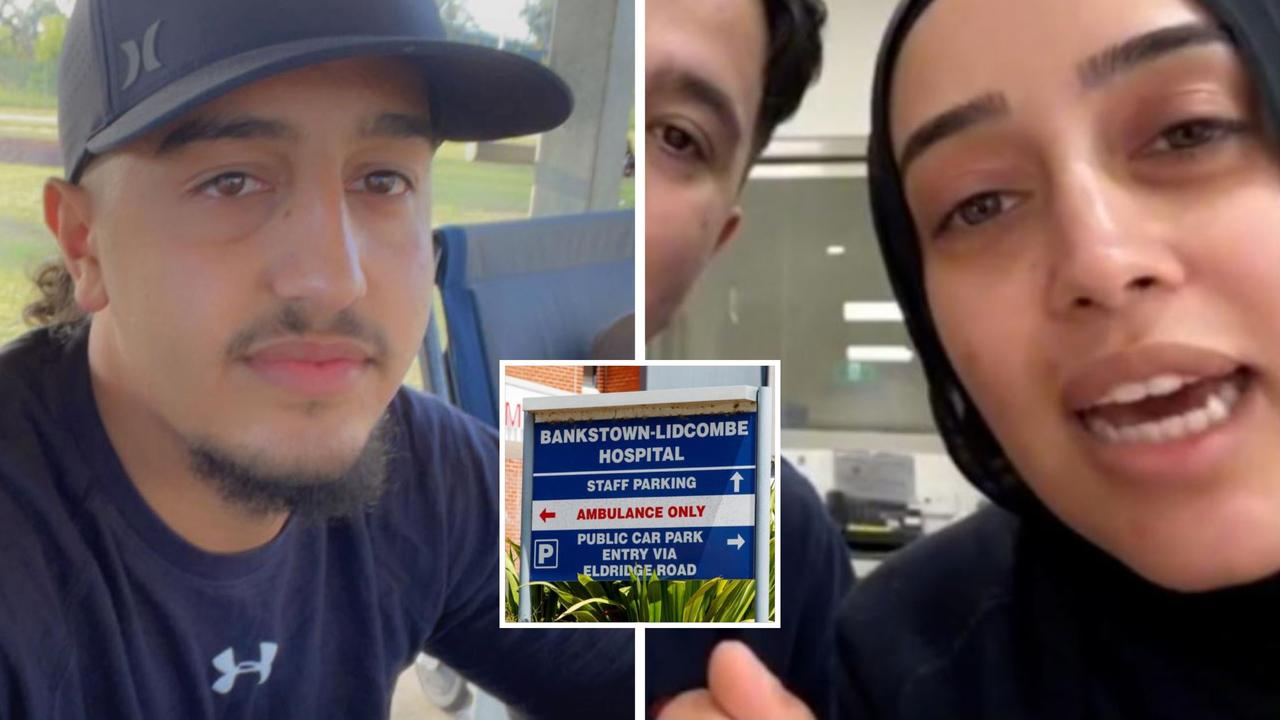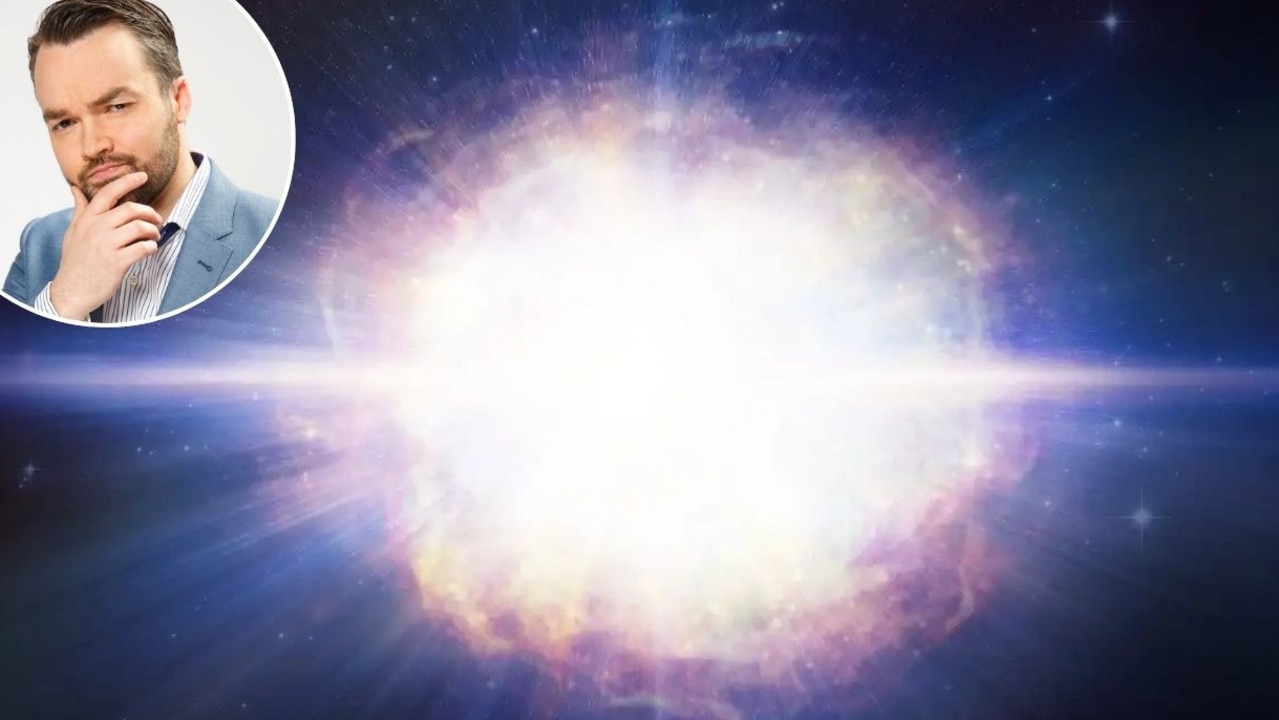Child sex offender Mr Cruel has never been identified
HE WAS called “Mr Cruel”. For years, he stalked the streets of Australia, preying on children. And he was never caught.
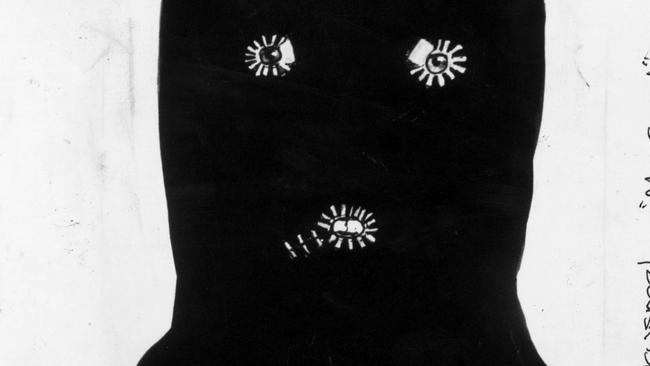
National
Don't miss out on the headlines from National. Followed categories will be added to My News.
MELBOURNE in the late 1980s and early 90s was a terrifying time to be a child.
It was also a tense time for police as the city was stalked by a child sex offender who was getting more and more depraved — and who to this day has never been identified.
“Mr Cruel” is the man behind a number of unsolved crimes against children, including the 1988 and 1990 kidnappings of Sharon Wills, 10, and Nicola Lynas, 13, as well as the 1991 murder of Karmein Chan, 13.
Police have always suspected he was to blame for other attacks, possibly up to a dozen including rape, over a decade.
Details of his known crimes make for disturbing reading.
Wearing a blue ski mask and dark blue overalls Mr Cruel broke into the Wills family home in Ringwood early on December 27, 1988.
He went to the bedroom of John and Julie Wills and put a gun to Mr Wills’ temple. He then forced the couple to lie down and tied them up with copper wire.
After cutting the telephone line Mr Cruel went into the bedroom of 10-year-old Sharon and abducted her.
It would be 18 hours before they were reunited. When she was found she was wearing a man’s shirt and green garbage bags.
He gave her food throughout her ordeal, as she was being assaulted, but eventually was dumped in a schoolyard.
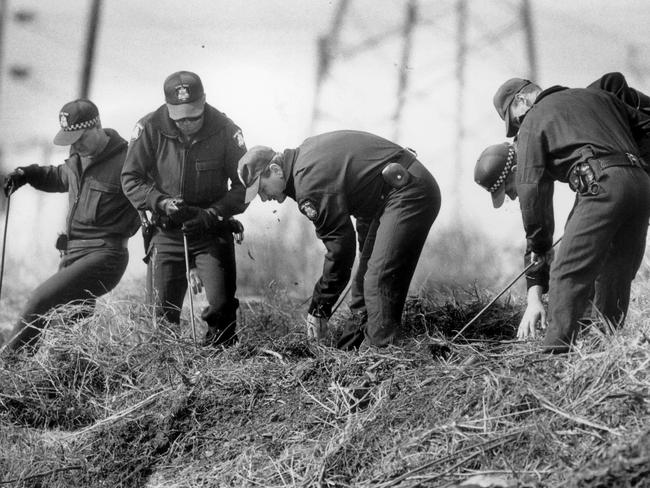
The next victim was 13-year-old Nicola Lynas, who was abducted on July 3, 1990.
Her frightening ordeal was similar to Sharon’s. She was blindfolded for 50 hours and tied up, but not assaulted. She was given food and drink and was aware of his ransom demands. But she too was released after being driven around the city for hours.
Things changed dramatically with his next victim, Karmein Chan who was abducted but also killed.
There is a theory she was murdered because she was able to see Mr Cruel’s face. The 13-year-old’s body was found a year after she was taken.
At the time of the abduction Mr Cruel told Karmein’s sisters he only wanted their money. He then took Karmein away by the hair, and she was never seen alive again.
Former Detective Senior Sergeant Chris O’Connor was one of the police officers tasked with finding Mr Cruel.
“No one was ever charged. That’s the main concern. With a significant investigation like we had to get to the end of it, 25 years later and we have no resolution for the families,” he said.
He knew there were theories that Mr Cruel had been caught and was serving time for other offences — or even dead — but the reality was “no one” knew for sure.
It wasn’t as if the taskforce didn’t have some success. As detectives hunted for Mr Cruel they spoke to “thousands” of suspects and uncovered other serious crimes, including rape.

And Victoria’s child porn legislation was the direct result of the work police did on the Mr Cruel case.
But still the main prize proved elusive.
“The issue of course is [he] was never located. That’s the thing that sticks in the craw of most of the people involved in the investigation,” Mr O’Connor said.
The crimes were unspeakable.
“These were outside of murder the most detrimental offences that could have occurred to the wellbeing of any child that could occur.”
It was possible police spoke to Mr Cruel during investigations.
“That’s always a possibility.”
Of the prime suspects he would only say there were some they worked “very hard on”.
“There were all sorts of people that were more suspicious than others.”
One of those was paedophile Robert Keith Knight, who killed himself in jail in 2013. He was never officially eliminated from the inquiry, although Mr O’Connor didn’t believe he was the one.
Criminal profiles were compiled, including those by the FBI, but they were only useful to a certain extent.
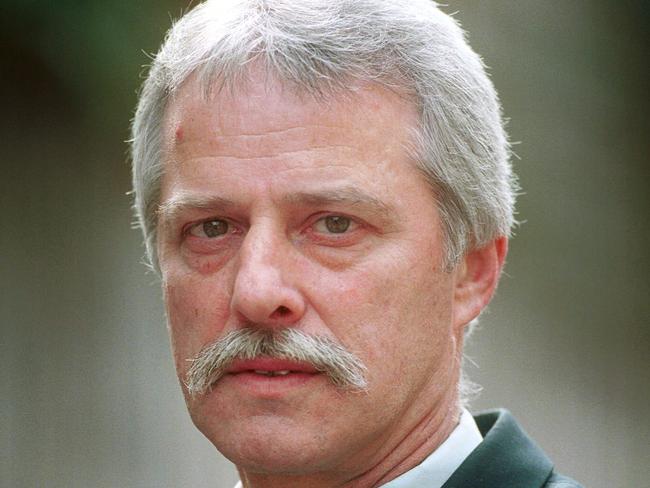
“There were too many gaps in the information ... Clearly, and you don’t have to be a psychologist to know this, but that sort of behaviour is reprehensible ... Clearly the person had severe problems.”
Mr O’Connor told news.com.au he got close to the victims’ families.
“With crimes concerning children especially you have relatively a lot of contact with them.”
Loved ones had to know why the crime took place.
“And the community needs to know. They need to know, and this is why police work so hard to locate offenders of infamous crimes such at this — so they can have faith in law enforcement and the judicial process.”
Part of the problem confronting police was the lack of forensic material which left them “clutching at straws” at times.
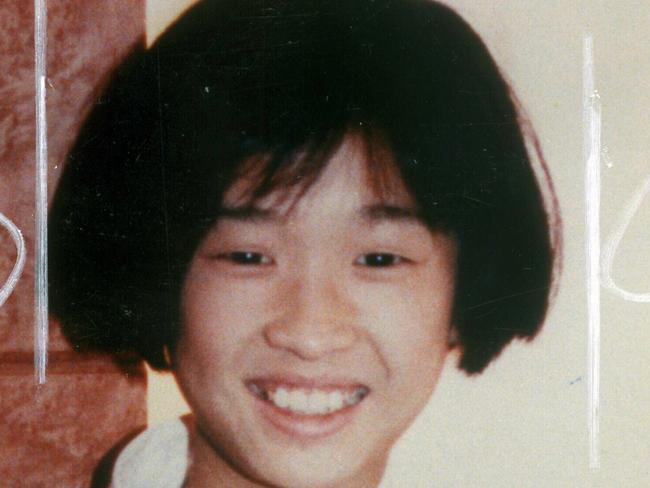
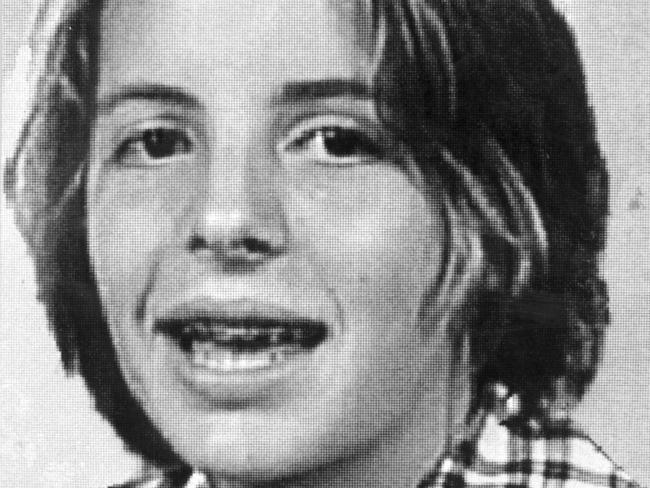
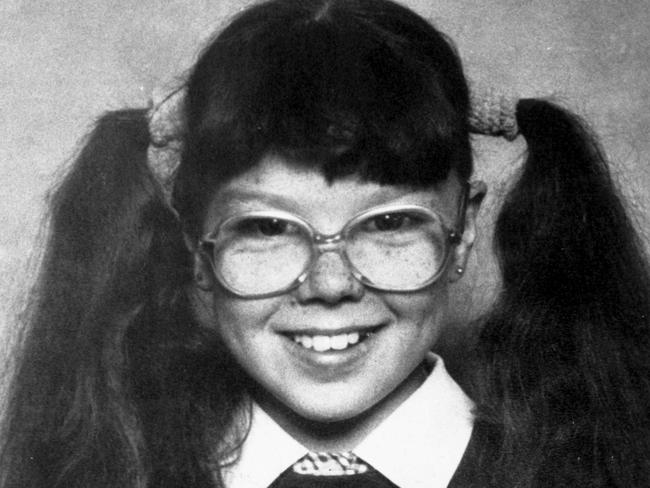
Mr Cruel, it seems, knew a thing or two about leaving no evidence behind and cleaned up after himself, robbing police of crucial clues.
Complicating things were the descriptions they had been given that fitted the profile of “40 per cent of the male population of Australia”.
“You can be the best investigator in the world and it may be the best run investigation, but at the end of the day if you do not have avenues of inquiry that are solid, it’s a very difficult that you’re going to identify the person,” Mr O’Connor said.
In many cases a breaththrough hinged on the offender slipping up, or someone close to them coming forward to divulge what they knew. This does happen — as people try to remove the burden of keeping terrible secrets — and it never far from Mr O’Connor’s mind.
“Loose lips of the offender or someone who has harboured knowledge for some reason is triggered into passing information onto police. And that’s really where we are after 25 years.”
He still lived in hope it would happen.
“Nothing ever happens in a vacuum, even if people don’t understand it at the time, that they are privy to information. Others have their reason for withholding. But down the track sometime things change ...”
Mr Cruel will be hoping that never happens and, if he still alive, he can continue to live in the shadows, with the terrible secret of who he really is.
andrew.koubaridis@news.com.au
Originally published as Child sex offender Mr Cruel has never been identified


